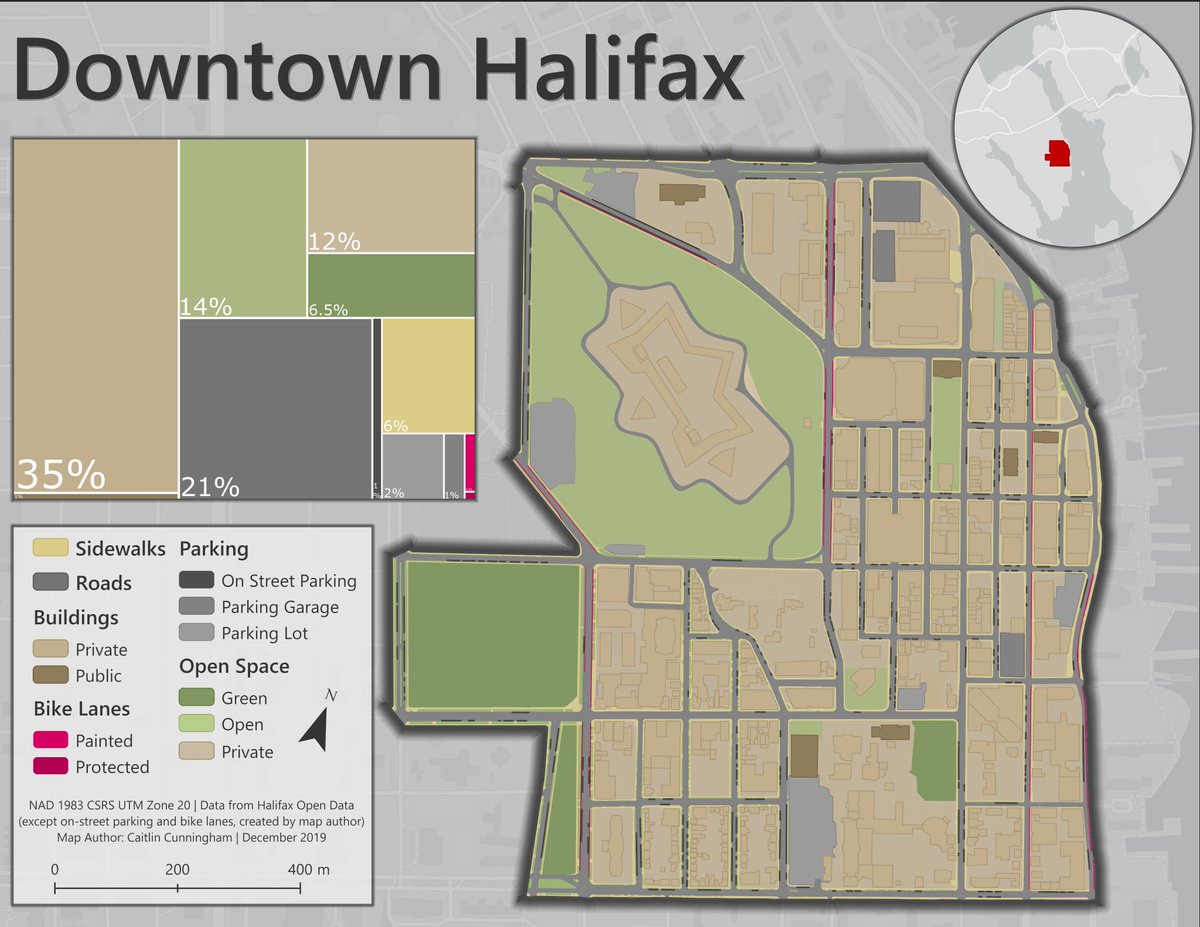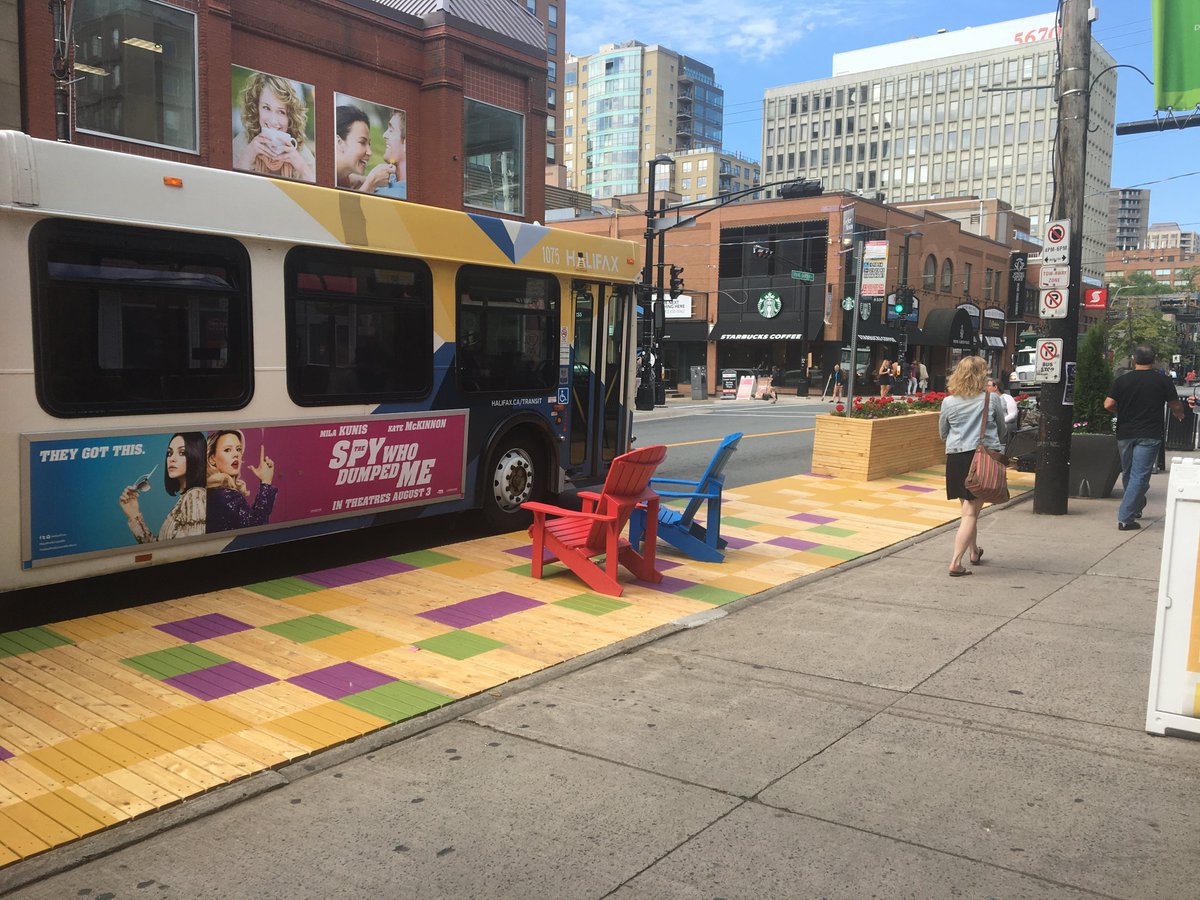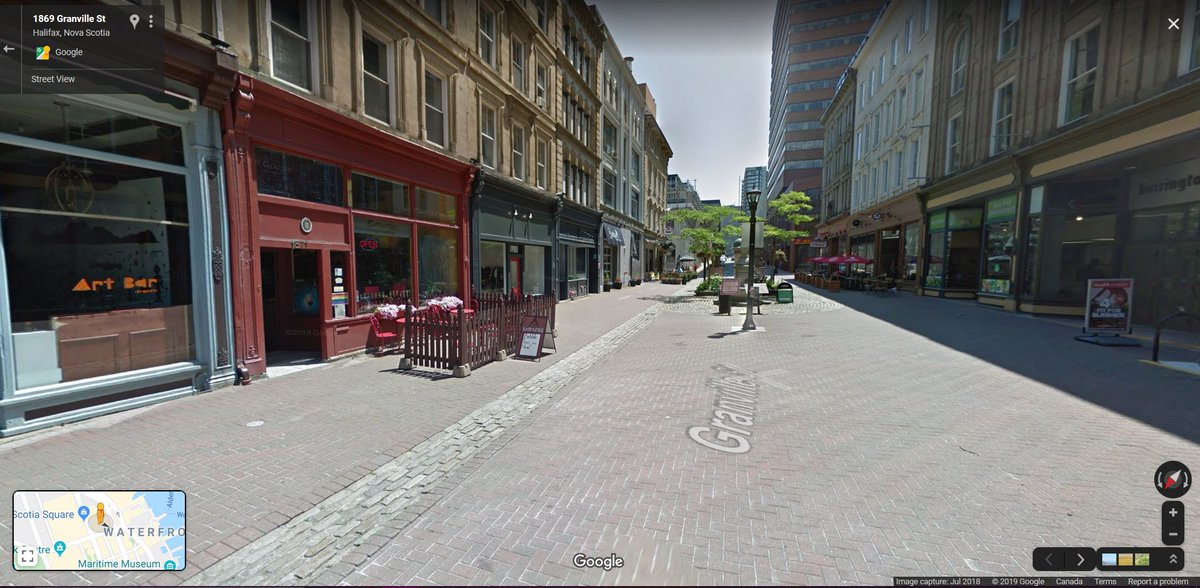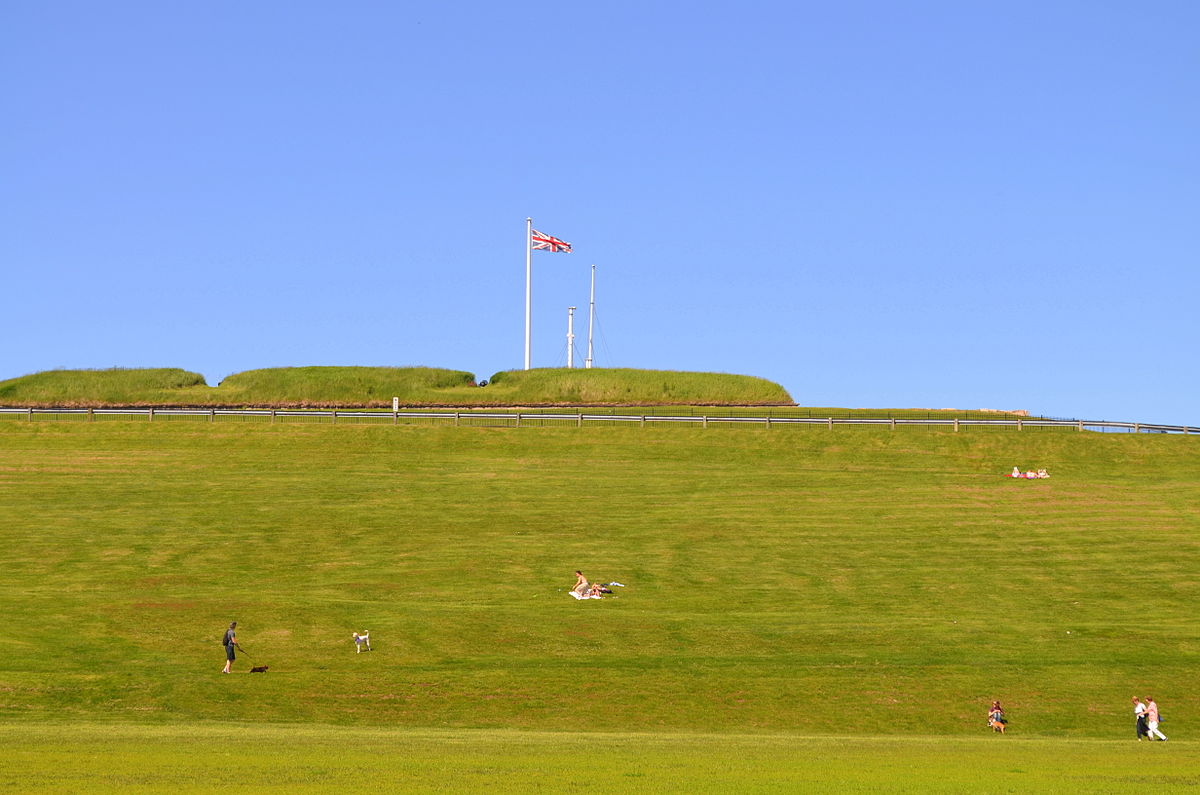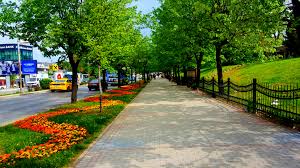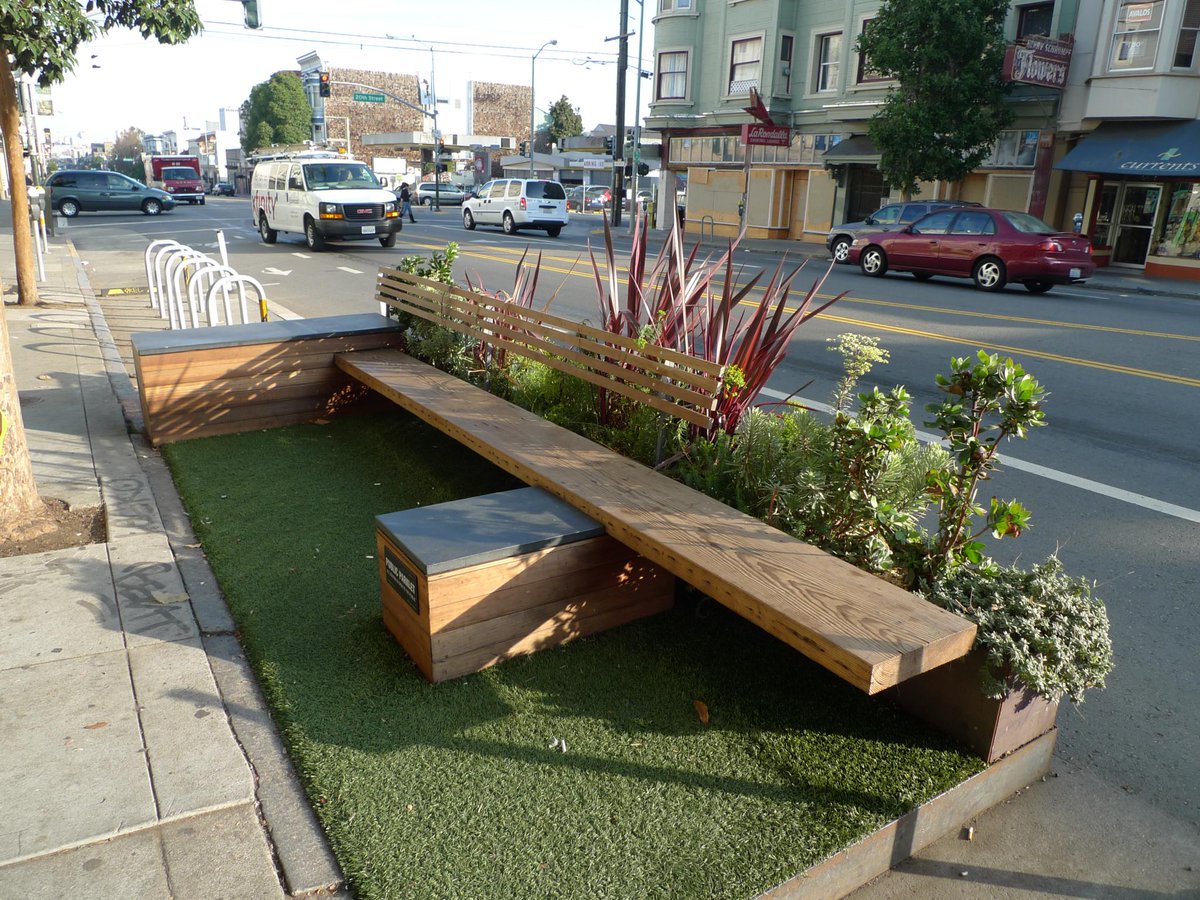How do we use space in the downtown core of #Halifax?
Nearly half is private space, most of which is buildings. But when we look at the public space, we get a sense of how we can envision the future of the city.
Nearly half is private space, most of which is buildings. But when we look at the public space, we get a sense of how we can envision the future of the city.
Over the last year, we’ve heard a lot about #bikehfx lanes in Halifax, with some claiming that bikes are taking over the city, for better or for worse. But just how much space do these bike lanes really take up?
Bike lanes are less than 0.5% of the total space downtown (0.8% of public space). But most are just paint, frequently doubling as parking for cars. Protected bike lanes (like the new one on South Park St.) are just 0.05% of the land downtown (0.1% of the public space).
So if bikes haven’t taken over downtown what is space used for?
The short answer is cars. Nearly half of the public space downtown is for cars. Space for cars to drive, space for cars to park.
The short answer is cars. Nearly half of the public space downtown is for cars. Space for cars to drive, space for cars to park.
(It’s important to mention that this is just a 2-D analysis based on footprints, buildings, including parking garages, take up a lot more space above ground, but a 3-D analysis is something for another day).
City council has declared a climate emergency, which is great, but is this what a city that takes the climate emergency seriously looks like? Probably not.
Although it won’t happen over night, there are plenty of opportunities in Halifax to make meaningful change.
Although it won’t happen over night, there are plenty of opportunities in Halifax to make meaningful change.
No city that takes the climate emergency seriously should be so car-centric and car-dependent. A road diet is badly needed in Halifax, creating more space for pedestrians and other forms of active transportation.
This would include things like widening sidewalks, adding pedestrian refuges, safer intersections and car-free spaces, which are becoming more common in cities around the world. Features like the stoplet on Spring Garden would become more commonplace.
In the same vein as reducing car-dependency in the downtown core – what about transit? While there are transit-only lanes in other parts of the city, there are none in the downtown core.
Open and green spaces in Halifax are another major opportunity to address the climate emergency, currently covering a little over a third of downtown.
Green spaces in the city are an important part of an urban climate emergency strategy. They provide cooling effects, help with stormwater management and provide habitat for urban wildlife, among other ecological benefits.
In addition to the ecological benefits of urban green spaces, there are social benefits from urban green spaces through physical and mental health benefits and are places where people can come together and build social communities.
While there are some great green spaces downtown like the Public Gardens and the Old Burying Ground, other open spaces could be improved for both people and biodiversity.
Take the Granville Mall for example. Right now, it is one of the few (year-round) pedestrian only spaces in the downtown core, but it isn’t all that well used. What if we planted more trees and other greenery and added more public seating?
Citadel Hill is probably our biggest opportunity for green space . Today, it’s a monoculture of grass, which is great for a sports field, but not so great for bringing biodiversity benefits into the city. Would it really hurt us to plant a few more trees or a pollinator garden?
Injecting green and biodiversity into cities doesn’t always require large spaces. Smaller spaces like boulevards between the sidewalk and the street can host much more biodiversity than they typically do, which also creates more attractive and pedestrian friendly streets.
On-street parking can be converted into parklets, providing a bit of beauty, some habitat and a place for people where there is currently a lifeless space used to store cars.
How would downtown change if we replaced even just 10 parking spaces (less than 1%) with parklets?
How would downtown change if we replaced even just 10 parking spaces (less than 1%) with parklets?
Creating a city that is reflective of the reality of the climate emergency is possible, but it will take creativity and change from the current configuration of our city. https://twitter.com/LondonNPC/status/1188370204864200704">https://twitter.com/LondonNPC...

 Read on Twitter
Read on Twitter